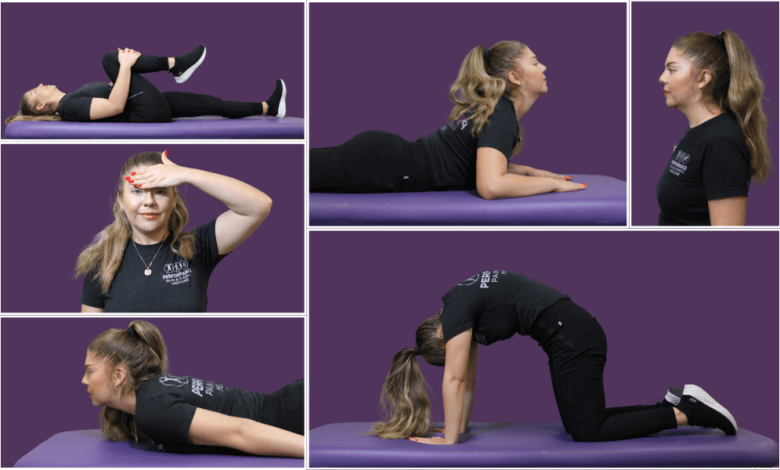Herniated Disc Pain Relief: Effective Treatment Options

A herniated disc, also known as a slipped or ruptured disc, occurs when the soft inner gel of a spinal disc pushes through its outer layer, potentially irritating nearby nerves. This condition can cause severe pain, numbness, and mobility issues. Fortunately, various treatment options can help alleviate discomfort and restore function for herniated disc pain relief.
Non-Surgical Treatment Options
1. Rest and Activity Modification
Avoiding activities that exacerbate pain, such as heavy lifting and prolonged sitting, allows the disc to heal naturally. However, complete bed rest is discouraged, as gentle movement promotes recovery.
2. Physical Therapy
A structured physical therapy program can strengthen the muscles supporting the spine, improve flexibility, and reduce nerve pressure. Common exercises include:
- Stretching routines for the lower back
- Core-strengthening exercises
- Low-impact aerobic activities like swimming or walking
3. Pain Medication
Over-the-counter pain relievers, such as ibuprofen or acetaminophen, help manage inflammation and pain. For severe cases, doctors may prescribe:
- Muscle relaxants for spasms
- Nerve pain medications such as gabapentin
- Corticosteroid injections to reduce inflammation
4. Chiropractic Care and Spinal Decompression
Chiropractic adjustments and spinal decompression therapy can alleviate pressure on the affected nerve, providing relief for some patients.
5. Hot and Cold Therapy
Applying ice packs can reduce inflammation, while heat therapy improves blood flow and relaxes tense muscles.
When Surgery is Necessary
If non-surgical methods fail, or symptoms such as weakness, loss of bladder control, or severe pain persist, surgery may be recommended. Common procedures include:
- Microdiscectomy: A minimally invasive procedure to remove the herniated portion of the disc.
- Laminectomy: Removal of part of the vertebra to relieve nerve pressure.
Preventing Future Herniated Discs
- Maintain good posture to reduce spinal stress.
- Engage in regular exercise to strengthen the back and core muscles.
- Lift objects properly using leg muscles instead of the back.
- Maintain a healthy weight to lessen spinal strain.
Conclusion
Herniated disc pain can be effectively managed through a combination of rest, physical therapy, medications, and lifestyle adjustments. While surgery is an option for severe cases, many people find relief through non-invasive treatments. If you experience persistent pain, consult a healthcare professional to determine the best course of action.


